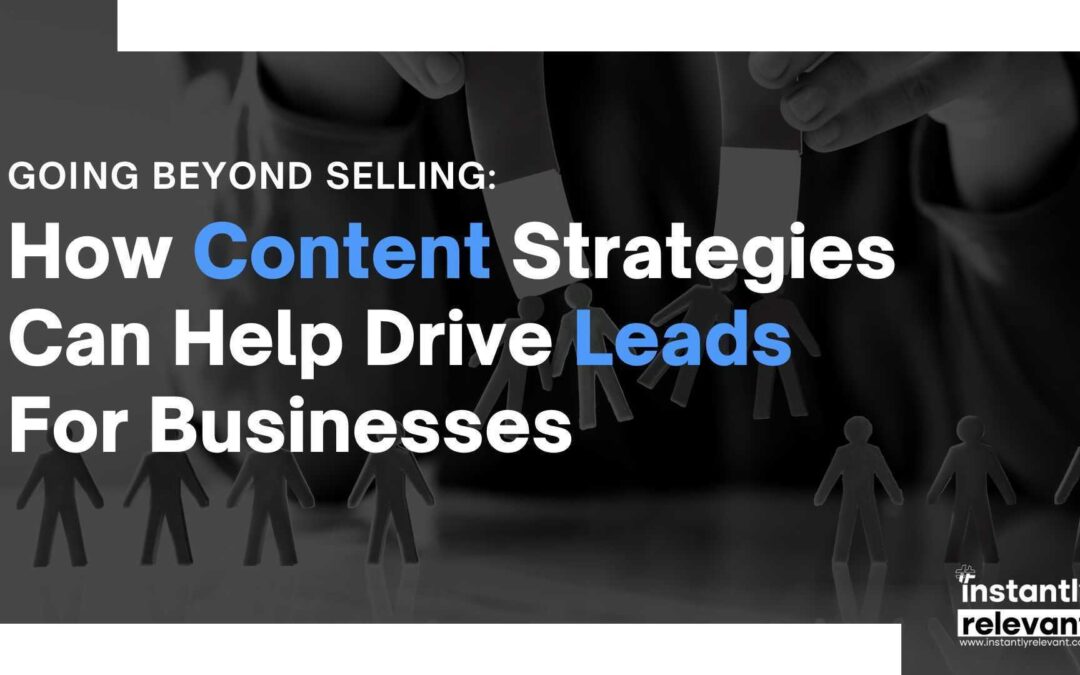Your sales depend on how well you can generate and convert leads into paying customers. But in today’s highly competitive business landscape, 61% of marketers view lead generation as their most challenging task. One of the best ways to resolve this pain point is to optimize content to attract and engage potential customers.
The process begins by understanding your target audience well enough to know what kind of content generates interest and encourages engagement. By distributing relevant content that resonates with potential customers, you can provide value and build trust, making them more likely to buy from you.
If you want to bring your business to the next level, continue reading to learn how content ties up with your lead generation efforts and how you can tailor your strategy to fill your target audience’s needs and encourage them to take the next step in the customer journey.
How a content strategy can help drive leads for businesses
The basics of a content strategy involve making and distributing unique, relevant, valuable, and engaging content to your target audience. This includes diving deep into your customer’s needs, interests, pain points, behaviors, and preferences.
Quality content comes in many forms, such as blogs, videos, podcasts, infographics, or social media posts. Ensure that they follow best practices in SEO (Search Engine Optimization) for maximum visibility on search engines like Google and Bing.
Focus on optimizing your website structure for a better user experience and increasing engagement through interactive features like commenting sections and polls.
Finally, track analytics from your website and other platforms where they distribute their content so that they can adjust accordingly based on what works best with their target audience.
Tips for creating an effective content strategy
1. Know your target audience well
The key to creating quality content for lead generation is focusing on your target audience’s needs, interests, and behaviors. It means gathering information through surveys, focus groups, or other methods to learn more about what content they are most interested in consuming.
Suppose you are a fashion brand. In that case, you should survey or interview customers about their clothing or design preferences. This way, you can adjust your content to what they want to see on their searches and social media feeds.
2. Identify your target keywords
How does your target audience search for products or services online? Learning the keywords potential customers use to find what they need is the key to ranking higher in search results and gaining visibility.
Use tools like Google Trends or keyword research tools to identify relevant and competitive keywords and analyze trends that may impact search rankings.
3. Optimize your website, blog, and other content distribution channels
Treat your website as the central hub of all your marketing efforts, with content distributed to other platforms like social media, email newsletters, and more.
Optimize all content for SEO by including the right keywords in titles or headlines, using relevant hashtags on social media posts, and measuring engagement metrics to see what’s working and what isn’t.
If, for example, you notice that your blog posts on “autumn fashion trends” are performing well in search results, create more content about this topic to drive traffic and increase leads.
Standing out
Generating high-quality leads that convert into sales in a vast and continually expanding digital world can be challenging. But with the right strategy, you can stand out from your competitors and achieve your marketing goals.
Book time with us today at https://calendly.com/instantlyrelevant to learn how we can help you create and fine-tune your lead-generation efforts through content.

